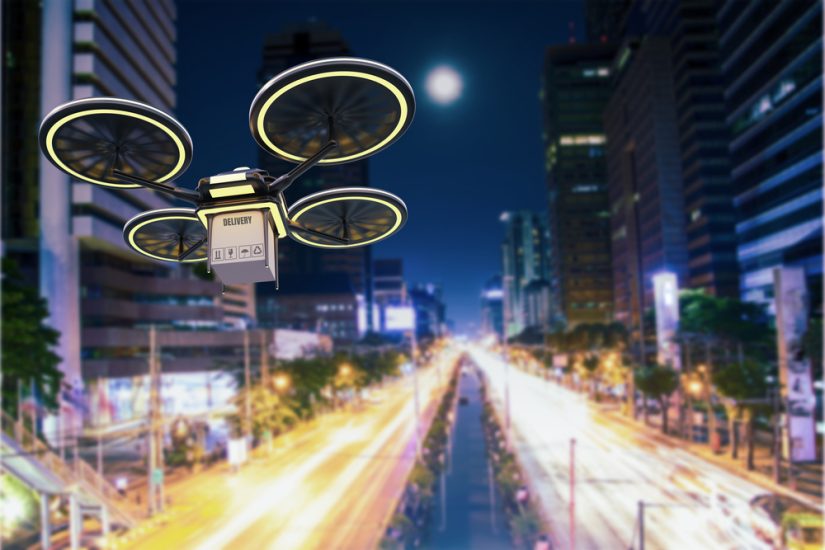By Philip Butterworth-Hayes
There are two ways of looking at the US Federal Aviation Administration (FAA)’s UTM Implementation Plan, published earlier in the month.
The first: it is an important step along the way to implementing UAS traffic management (UTM) operations in high-value drone eco-systems and further progress towards the all-important goal of automating beyond visual line of sight (BVLOS) flight request authorisations.
The second is not quite so positive. There is still a lack of clarity around key areas such as the approval process for supplemental data service providers (SDSPs) and UAS Service Suppliers (USSs). It seems the FAA does not want to build on the current LAANC programme but almost re-write the UTM architecture requirements on a blank sheet. A further set of extensive trials will be needed to evaluate how well strategic de-confliction works in settings where not all drones are subscribed to a USS, for example.
But overall the UTM received a cautious welcome from the UTM sector, especially as the FAA seems to be aligning its regulatory approach to other regions of the world.
“This response to the 2018 Congress mandate is a timely policy document that gives clear indications on the way to go – and the policy goes in the direction of what we see in other regions, like the EU or in Australia: a clear preference to create a federated model of UTM provision to support BVLOS operations,” said Koen de Vos, Secretary-General of the Global UTM Association. “That gives a real scope for global convergence and competition is the most effective way to create a dynamic drone service ecosystem.”
“The FAA Implementation plan is certainly a step in the right direction for UTM and scalable, BVLOS operations,” said Ryan Pleskach CEO & Co-Founder of UTM company ResilienX. “There is a clear indication that the FAA is starting to move things forward and making demonstratable advances in their thinking around strategy and policy. We applaud the approach that is inherently scalable, which we have seen as a roadblock to advancing the industry in other parts of the world. While the implementation plan identifies many challenges and questions which still need to be answered, it appears that the FAA is finally putting their full weight behind the UTM industry, where it had previously felt more like an FAA science experiment, administered by NASA.”
“The UTM implementation plan is a fundamental next step to make UTM a reality. The core pieces missing from this plan are details and most importantly transparency,” said Jon Hegranes Founder & CEO of USS Aloft. “The USS ecosystem has evolved materially from when it began five years ago, but it didn’t begin in an open way. It’s critical that the FAA leverages the open ecosystem of USS capabilities in this next phase of UTM.”
Other industry responses to Unmanned Airspace queries included: “The document sees a central role for third-party services, where the concept of third-party service providers encompasses both USS and SDSP – not the drone operator or the FAA. Drone operators will be able to use a third-party service provider of their choice, or may provide their own set of services…..“
The FIMS plays a limited role as a clearinghouse for data exchange with authorized UTM participants, including airspace constraint data and incident/accident investigation”….“.
The policy document describes a list of potential UTM services. That is a key novelty that is expected to boost a harmonized UTM market. On top of Network Remote ID and Strategic deconfliction that are cornerstones of UTM, the list is quite similar to the EU list of mandatory and optional services mentioned in the U-space regulation. There is scope for convergence between the two regions, and sets a good example for other regions.”….”Another promising area for convergence is automated testing: the FAA has learned from its experience with the UPP trials, and also watching the progress of UTM in other countries, that manual service approval processes are slow, cumbersome and not scalable. Therefore, the FAA expects there will be a need for automated testing and verification mechanisms – as the EU system leaves scope for automated testing”….“The strong focus on cybersecurity aspects may remain a challenge to open the US UTM services market”… and, finally, “SORA is mentioned as a possible tool to define low-risk areas!”
So a cautious welcome and a few small surprises.
(Image:Shutterstock)




